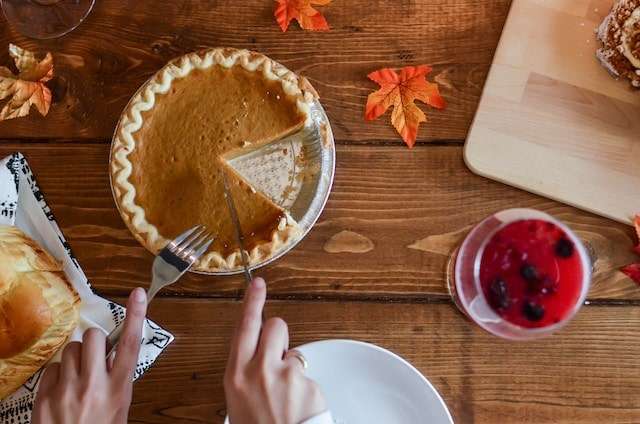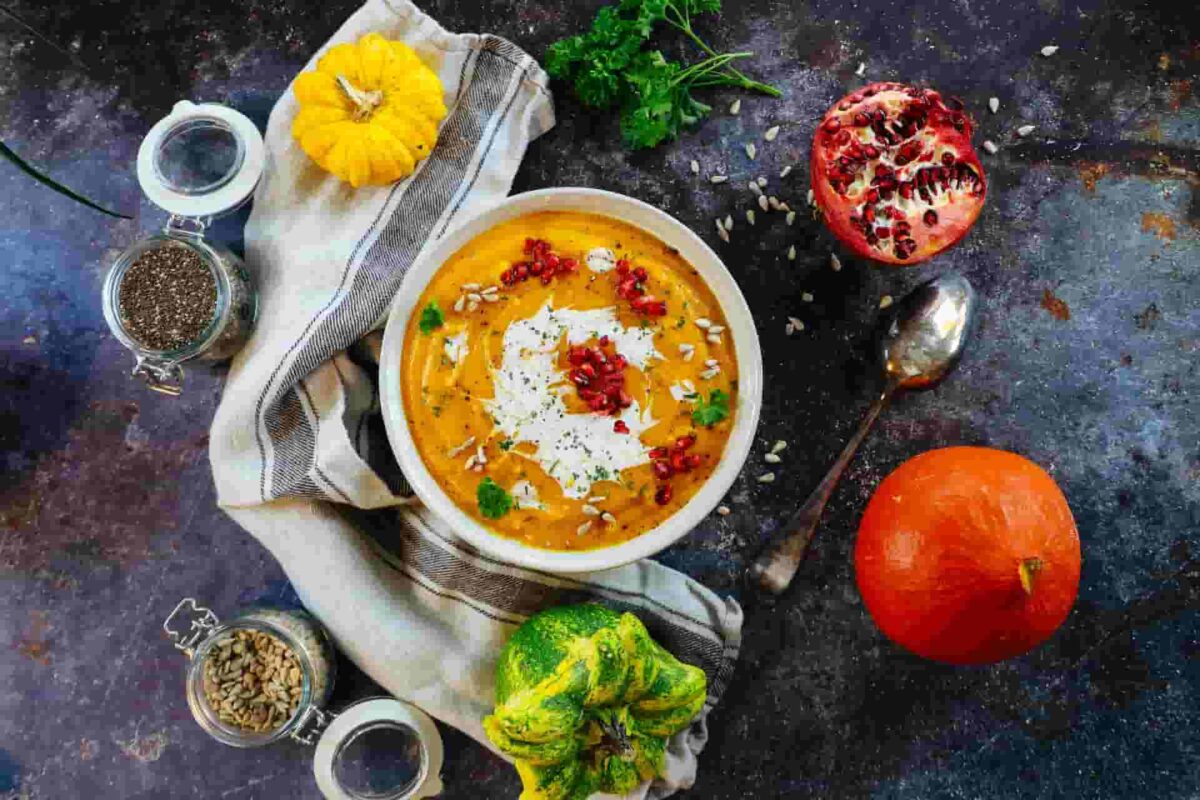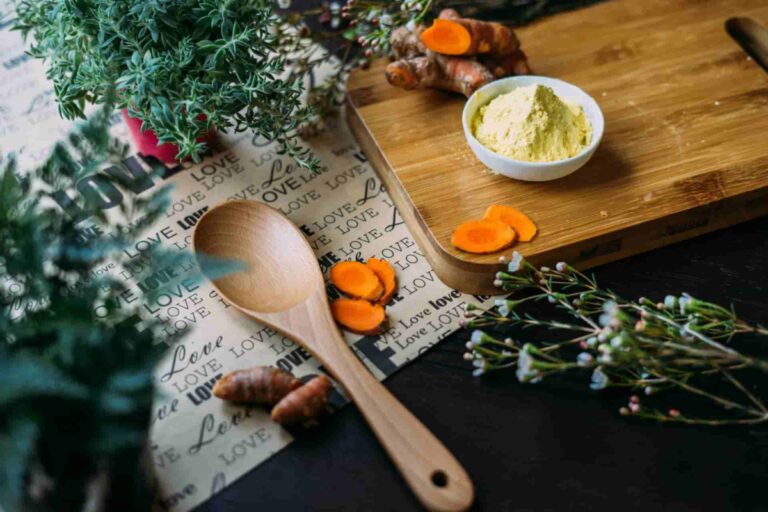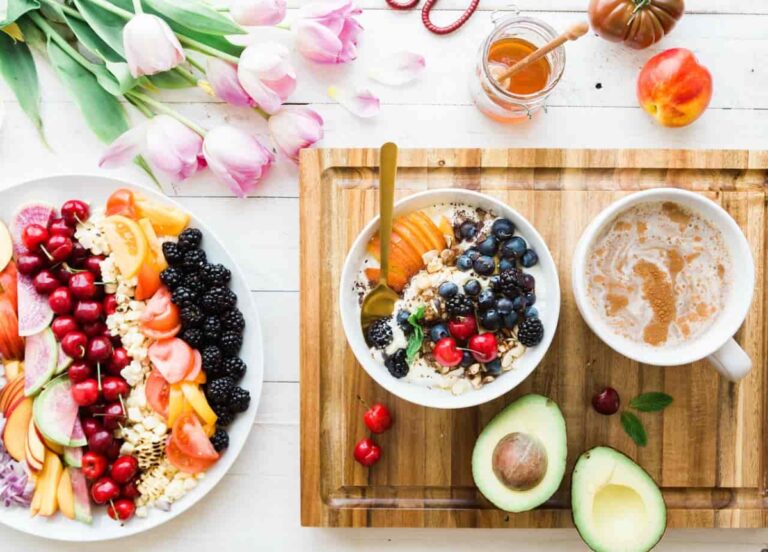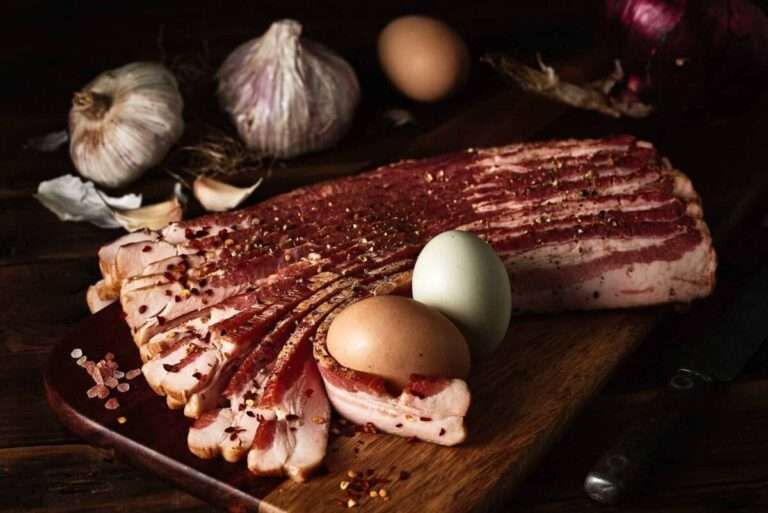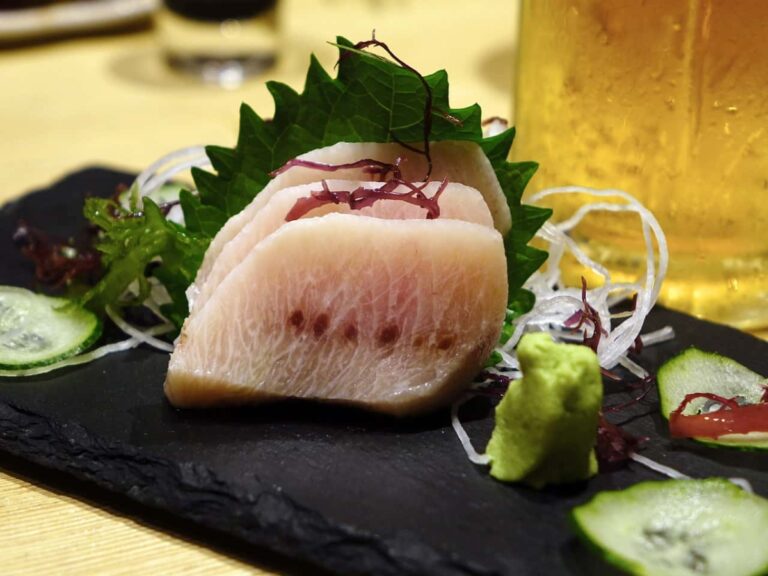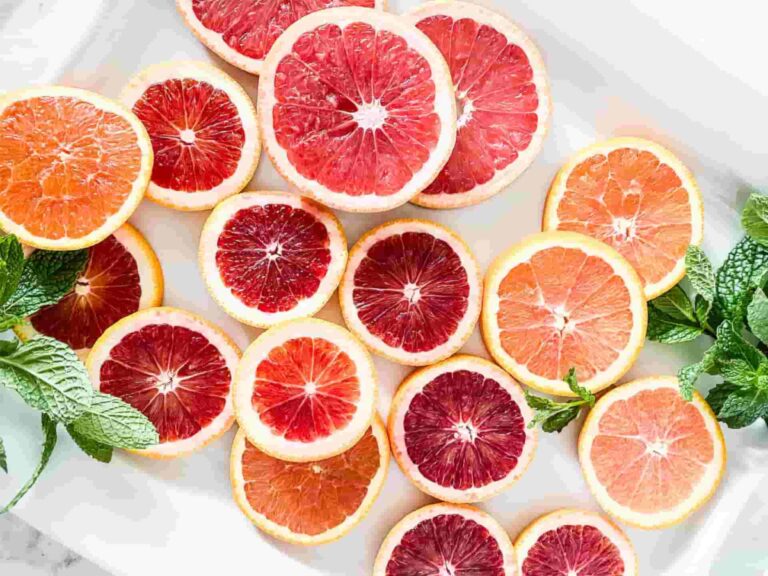Pumpkin 101- kitchen insights and benefits
Did you know that the tradition of carving pumpkins for Halloween comes from a terrifying story about a man named Stingy Jack in Irish folklore?
- Soon after, people in Ireland and Scotland began carving faces into root vegetables like turnips and beets in order to construct jack-o’-lanterns for the purpose of warding off evil spirits on Halloween. As immigrants arrived in the United States, they brought the tradition with them, and over time, pumpkins became the chosen medium for these carvings. Immigrants brought the tradition with them when they arrived in the United States.
- In botanical terms, pumpkins are considered to be gourds. Cucumbers, watermelons, zucchini, and honeydew melons are other types of melons that belong to the same family as gourds. They were originally found in Central America, more specifically in Mexico. On the other hand, they are now cultivated on all six continents and are most likely reaching maturity on a farm not far from you right this very second.
- Pumpkins come in a dizzying array of shapes, sizes, and colours. The Jack-o-Lantern pumpkin is the best variety for carving, and it is also the one that is easiest for novice growers to cultivate. Many people believe that Cinderella pumpkins, which get their name from the fact that they appear as though they are about to magically transform into a carriage, are the best pumpkins for eating. On the other hand, the Kauai type has seeds that are totally devoid of hulls, making them an excellent choice for toasting.
- The pumpkin that held the record for largest in the world weighed in at 2,703 pounds. The new benchmark was established in Italy by Stefano Cutrupi. According to the Guinness Book of World Records, the enormous gourd measured in at a size greater than a Nissan automobile and weighed the equivalent of 17 grown men.

Pumpkin nutrition and health benefits facts
- Beta-carotene is found in high concentrations in pumpkin (5140 mcg). The pigment known as beta-carotene is responsible for the brilliant orange or yellow hue that the gourd has. In the body, it is transformed into vitamin A, which plays an important role in maintaining healthy eyesight, immunological function, and reproduction.
- Pumpkin is a great source of vitamin C, potassium, and phosphorus, and it is also a wonderful source of vitamin E, riboflavin, copper, and manganese. In addition, pumpkin is a rich source of manganese and copper. Consuming pumpkin will provide you with a number of health benefits, including trace quantities of iron, magnesium, and folate.
- Fruits and vegetables that have been deemed particularly “powerhouse” by researchers have been singled out. These are foods that have been shown to significantly lower the risk of developing chronic diseases. They do this by having greater concentrations of bioavailable nutrients, such as vitamin C, riboflavin, niacin, and folate, amongst others. The pumpkin was included and even ranked higher on the list in terms of its nutritious content than other types of winter squash, such as butternut squash.
- Pumpkin is an excellent source of the beneficial antioxidant beta-carotene, and eating pumpkin will provide you with a sufficient amount of this nutrient. Antioxidants contribute to the repair of oxidative stress and provide protection against a variety of illnesses, such as Alzheimer’s, high blood pressure, heart disease, Parkinson’s disease, and rheumatoid arthritis.
- Pumpkin contains beta-carotene, which may be converted into vitamin A. Vitamin A is essential for keeping your eyesight in good condition, particularly as you become older. Macular degeneration is a kind of visual loss that is associated with ageing and gets more prevalent as individuals do. According to the findings of certain studies, taking beta-carotene supplements or eating foods rich in beta-carotene may be helpful in warding off age-related macular degeneration.
- Vitamin C may be found in high concentrations in pumpkin. Collagen, the primary protein found in the skin, cannot be produced without vitamin C, which is an absolute need. In addition to this, it offers antioxidant defence against the photodamage that might be induced by the sun’s ultraviolet radiation.
- Although though pumpkin allergies are uncommon, some individuals are sensitive to the proteins that the pumpkin contains. It is possible that some people have an allergy to pumpkin seeds, albeit this is a rather rare occurrence. Talk to your healthcare professional about your symptoms if you have any reason to believe that you could be allergic to pumpkins in order to get a diagnosis and formulate a treatment strategy.
- There is some evidence to suggest that there may be a minimal interaction between pumpkin and the prescription medicine known as Coumadin (warfarin), which is used to reduce the risk of potentially dangerous blood clots developing in the body.
- According to the findings of several investigations, pumpkin also has diuretic effects. As a result, it can have an effect when used with lithium. If you are currently using any of these drugs, it is important that you consult with a medical professional to get individualised guidance.
100g of pumpkin has 26 calories (108kj), 1g protein, 0.1g fat, and 7g carbs, including 0.5g fibre.
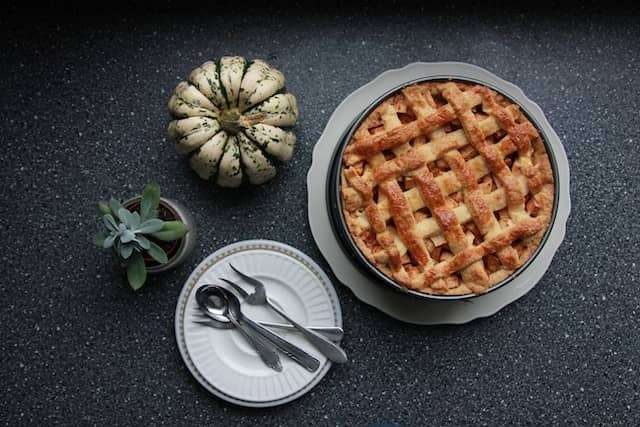
How to store pumpkin and how to buy them
- Keep in mind that you can never be sure how long pumpkins have been sitting on the vegetable stand before you purchase them from a supermarket shop since you cannot see the stand. Therefore, if you want the most value for your money, selecting the best ones that are available is the way to go.
- Check that the stem is still attached to the plant and that it is solid. If the stem is rubbery or has a rubbery feel to it, it is a sign that the pumpkin has already begun (or will soon begin) losing fluids and becoming mushy, and it will not survive the two months that I stated it would.
- Pumpkins may have the appearance of being tough on the outside, but if the rind is punctured, the pumpkin is easily damaged. When this occurs, the pumpkin begins to rot from the inside out, and the only way to discover this is after a month has passed when you cut it open.
- Having said that, the rind does not need to have a flawless appearance. There are some rougher areas that are acceptable, even though they are rough to the touch and a bit dry. In 98 out of every 100 cases, the flesh on the inside will be completely unharmed.
- For long-term pumpkin storage, an unheated basement or garage that is cool (but not too cool) is ideal. However, the temperature should not drop below 50 degrees Fahrenheit. But, if you do not have one, putting pumpkins in the refrigerator is not the best place to keep them; instead, you should keep them in the kitchen’s pantry or another cabinet. A higher storage temperature results in a more rapid loss of weight (primarily in the form of water) for your pumpkins.
- Pumpkins and squash in general should be kept away from fruit that is ripening, such as apples, pears, and other similar fruits. Several types of maturing fruits and vegetables give out ethylene gas, which plays an important role in the process of maturation. Pumpkins that have been exposed to an excessive amount of that gas will turn yellow and will not live as long. That is not what you want.
- In general, pumpkins have a shelf life of up to three months provided that they are in good condition and remain firm. If yours are dented or show signs of visible decay, their shelf life is likely to be no more than a couple of weeks at the very best.
- Should any of the following apply throw your pumpkin because is not safe to eat:
- The pumpkin is rotten if it has numerous large black spots. Of course, you can cut off small rotten areas (with some excess), but if the decay has spread throughout the entire squash, it is time to throw it away.
- It has a hollow feel to it, or it is mushy, or it seeps. Either of these conditions indicates that your pumpkin has lost a significant amount of water and that it is probably not fit for consumption at this point in terms of its quality. Technically speaking, it is not spoiled, but you will most likely find it more convenient to dispose of it anyway.
- You have allowed the leftovers to sit out for far too long. If your pumpkin has been cooked or cut up and stored in the refrigerator for more than a week, you should throw it out. Even if there are not any of the typical signs of spoilage like an off smell or mould, you should still throw it away.
- It smells musty and mouldy. Mould will develop on pumpkins that have been cut or cooked at some point, and once this happens, the squash is no longer usable.
- Last but not least, if you feel like those few days are not enough, you can always put the pumpkin in the freezer and use it at a later time. If you bought a large one that you will not be able to consume within the next few days, this is an excellent way to keep it fresh for longer. You also have the option of cooking it and then freezing it.
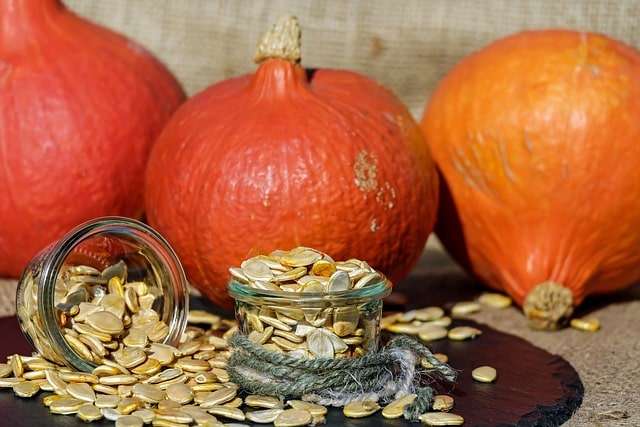
Cooking techniques, secrets, and tips from the kitchen
- Are you struggling to cope with the prospect of preparing a pumpkin? It is not difficult to break down a pumpkin for cooking provided you have a knife that is sharp and you follow the proper procedure. The following is a guide to getting started:
- Clean your pumpkin well, paying close attention to any specks of dirt that may be hiding. It is important to dry it well so that you have a solid grip while cutting it.
- If you have a huge pumpkin or one that is particularly spherical, you should chop the bottom out of it very gently so that it will sit level and be sturdy. Remove the top of the stem in order to remove a stem that will not come off.
- Position the side that is the flattest on the cutting board. Make a slit along the middle of the pumpkin, starting at the stem.
- To remove the seeds, use a big spoon to scrape them out. Put the seeds in a separate container to roast and enjoy at a later time.
- Put the other half of the pumpkin on the cutting board with the flat side facing down. To remove the skin, a vegetable peeler should be used. Do the same steps with the other half.
- You may cut the pumpkin to whichever size you choose.
- The first thing you will do with your pumpkin, regardless of whether you want to carve it or cook it, is to remove the seeds from within it using a spoon or a scoop. It would be a shame to throw away these tiny kernels of deliciousness since they are a source of vitamins and minerals and also a wonderful source of fibre.
- Just cleaning the seeds, then boiling them for ten minutes to soften them, draining them, and drying them on kitchen paper is all that is required to get them ready for roasting and eating.
- Mix with a little amount of oil, and then, if you want to add some flavour to it, sprinkle some salt, pepper, paprika, or anything else that strikes your fancy on top of it.
- Spread the seeds out on a baking sheet and roast them in a low oven for about 45 minutes, or until they become crisp and brown in colour, whichever comes first.
- Pumpkin seeds are not only delicious but also a wonderful method to give baked items a delightfully crunchy texture.
- Cooking a pumpkin by roasting it is the simplest method available; the basic preparation just for chopping the squash into wedges, coating it with oil, and placing it in the oven. If you want a stronger flavour, you may, of course, add more spices, herbs, or flavourings.
- Preheat the oven to 200 degrees Celsius (fan 180 degrees Celsius), which is gas 6.
- Arrange the pumpkin slices in a single layer on a large baking sheet with a low edge. Olive oil should be drizzled over the pumpkin, and then it should be tossed to ensure that all sides are coated, and then sprinkle over the thyme leaves (if using)
- Roast the pumpkin for around 20 minutes, or until it has become softer and is beginning to crisp at the edges. Once again, make sure the seasoning is correct, and then serve.
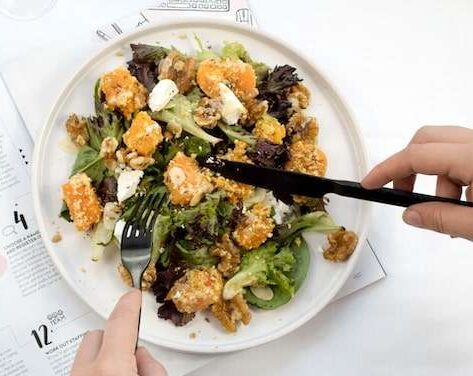
History of pumpkin from the beginning until today
- Pumpkins were first domesticated between 7,000 and 5,500 years ago, making them one of the oldest domesticated plants. They are native to North America (northeast Mexico and the southern United States), and they are considered to be one of the first domesticated plants.
- The term “pumpkin” derives from the Greek word “peopon,” which literally translates as “big melon.” After then, the word became “pompon” in French, whereas in Britain it became “pumpion.” Later on, the Americans gave it the name “pumpkin,” which is the name that is still in use today.
- There are more than 45 distinct types of pumpkins available. Their names include Hooligan, Cotton Candy, and Orange Smoothie, and they come in a variety of colours, including orange, red, yellow, and green.
- Pumpkins and other types of squash were historically essential dietary staples for Native Americans, and pumpkins in particular played a significant role in this. They used a method of planting that was known as the “Three Sisters Technique,” which included growing squash, maize, and beans in close proximity to one another along riverbanks. This enabled all three crops to support and nourish one another.
- Irish immigrants are credited with bringing the tradition of carving Jack-O’-Lanterns to the United States. When the Irish first arrived in the Americas, they carved Jack-O’-Lanterns out of potatoes or turnips as was customary in their country. But, after they saw how much simpler pumpkins were to work with, they started to use them instead. The custom of carving a pumpkin into the shape of a “Jack-O’-Lantern” originates from an Irish mythology about a guy called Stingy Jack who was known for being a shady figure and for playing pranks on other people.
- Pumpkin is a common ingredient in sweet foods that are prepared in the Middle East. One such dish is halawa yaqtin, which is a well-known and highly prized dessert. Pumpkin is used in the dessert dish known as kadu ka halwa, which is cooked in the Indian subcontinent. This dish is prepared with butter, sugar, and other spices. Sambar, a traditional dish from Udupi cuisine, is traditionally made with pumpkin.
- In Australia and New Zealand, where the dish is more often known as pumpkin pie, pumpkin is frequently roasted with other vegetables. Pumpkins of a smaller size are a common side dish and snack food in Japan, particularly in savoury meals like tempura.
- The southern United States and Mexico, where pumpkins and squashes are cultivated in abundance, are home to a thriving culinary scene that features pumpkin and squash blossoms as a popular and readily available ingredient. You may sprinkle them on top of dishes as a garnish, or you can coat them in a batter and fry them in oil until they are golden brown.
- It is common practise in Italy to utilise it as a savoury filling for ravioli, which is often prepared with cheese and a number of other components. Depending on the recipe, pumpkin puree may also be used to flavour beverages, including alcoholic and non-alcoholic beverages.
- Using pumpkin seed oil as a basis may result in the production of an oil that has been extracted from roasted pumpkin seeds and appears either red or green depending on the thickness of the oil layer, the quality of the container, and the colour shift that is induced by the observer’s vision.
